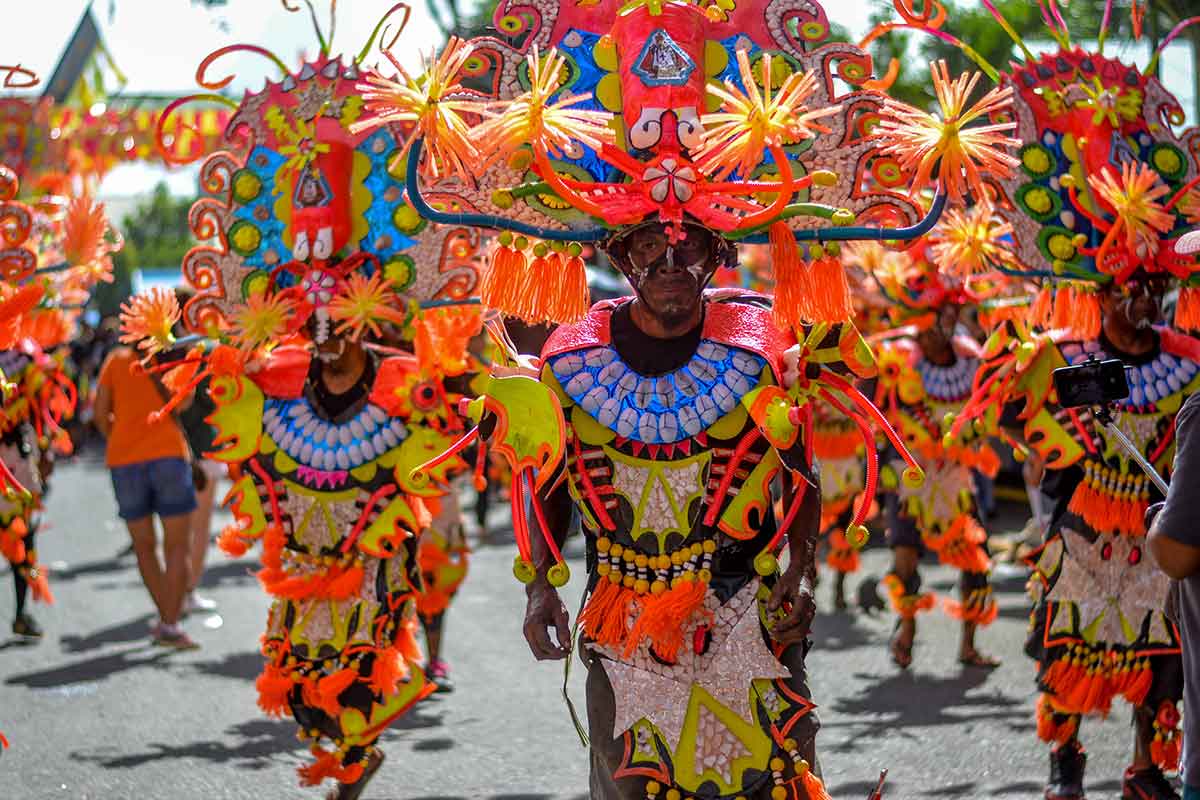The Philippines is known around the world not only for its spectacular natural beauty but also for the passion with which its people participate in social gatherings and other types of celebrations. This is shown by the large number of religious and cultural celebrations that take place all around the country.
The Philippines is a very culturally rich country, and the country celebrates this diversity throughout the year with spectacular and most colorful festivals. Absolutely nothing is less than a third week, and every month and every city has its own unique vitality that emerges from its various festivities. The Filipinos are experts when it comes to the art of celebration. The religious and cultural festival beliefs of the Filipino people are brought to the forefront throughout each of these events. The origins of a great many of the region’s most well-known and acclaimed celebrations may be traced back to some of these amazing events.
Most Famous Festivals in the Philippines
As a result of the Spanish influence on Catholic spirituality throughout the Philippines, a significant number of the celebrations that take place here are based on religion. In addition, there are a great number of additional lively celebrations that take place to honor key historical occurrences. No matter where in the world these vibrant festivals originate, the people who live there always go all out to honor them. The stunning processions, decorations, performances, and parades are definitely something that everyone should see at least once. If you are planning a trip to the Philippines, here is a list of events that you might be interested in attending while you are there.
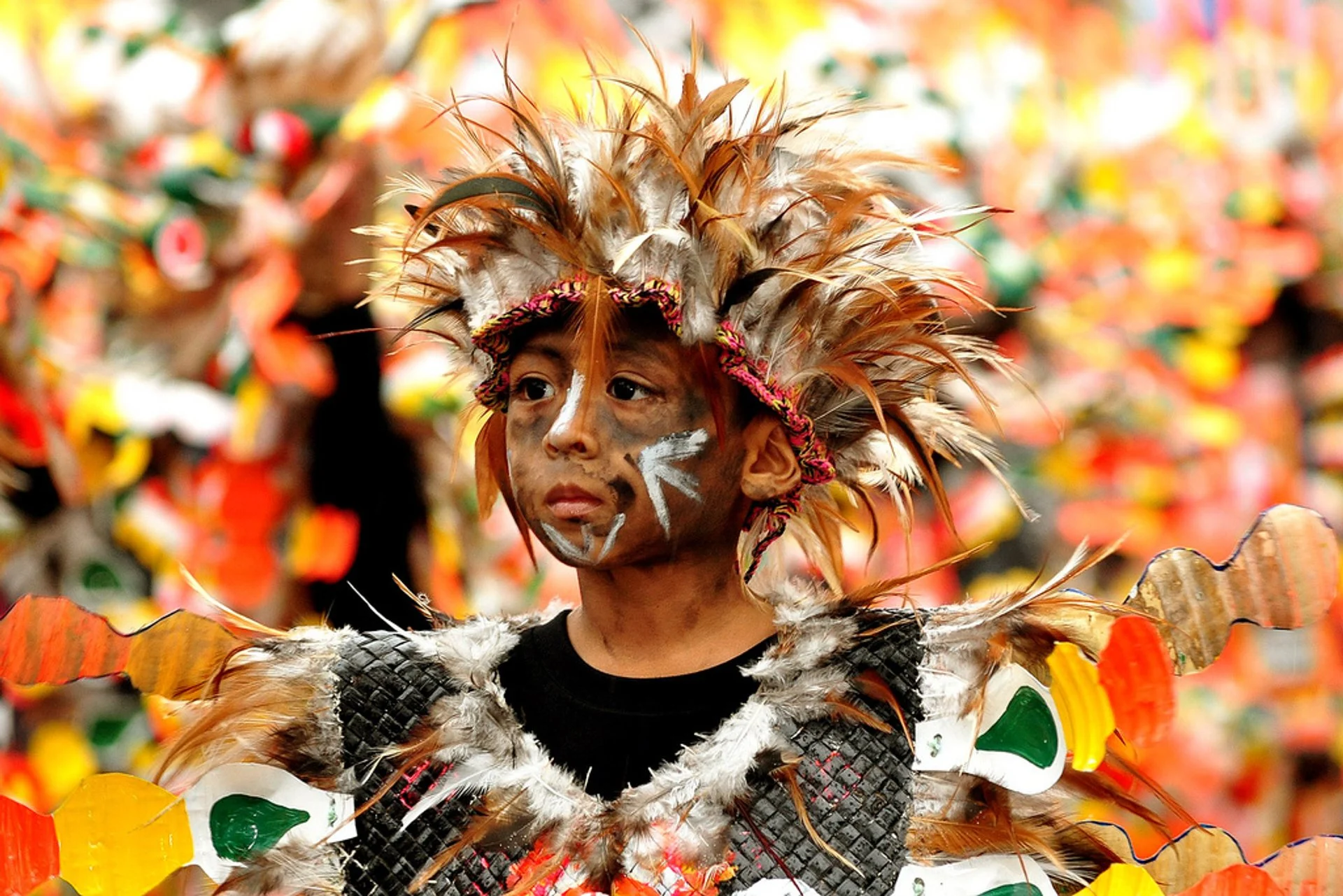
1. Ati-Atihan Festival
Location: Kalibo, Panay, Aklan
One of the oldest celebrations in the Philippines is called the Ati-Atihan festival, and it was first celebrated somewhere in the neighborhood of 800 years ago. It is a celebration of Santo Nino, often known as the child Jesus, and the first event of the festival highlights is an opening mass that takes place in a church on the third Sunday of January. The generosity of tourists and other guests is Ati-Atihan’s crowning glory and unquestionably its greatest asset. You don’t have to only watch the performance from a distance and take it all in. Instead, you can easily put on your dance shoes and become a part of the action. Everyone is encouraged to participate in the drumbeats by making their faces colorful and enthusiastic. During this event, you might also hear people chanting things like “Hala Bira! Pwera Pasma!” and “Viva! Santo Nio!”
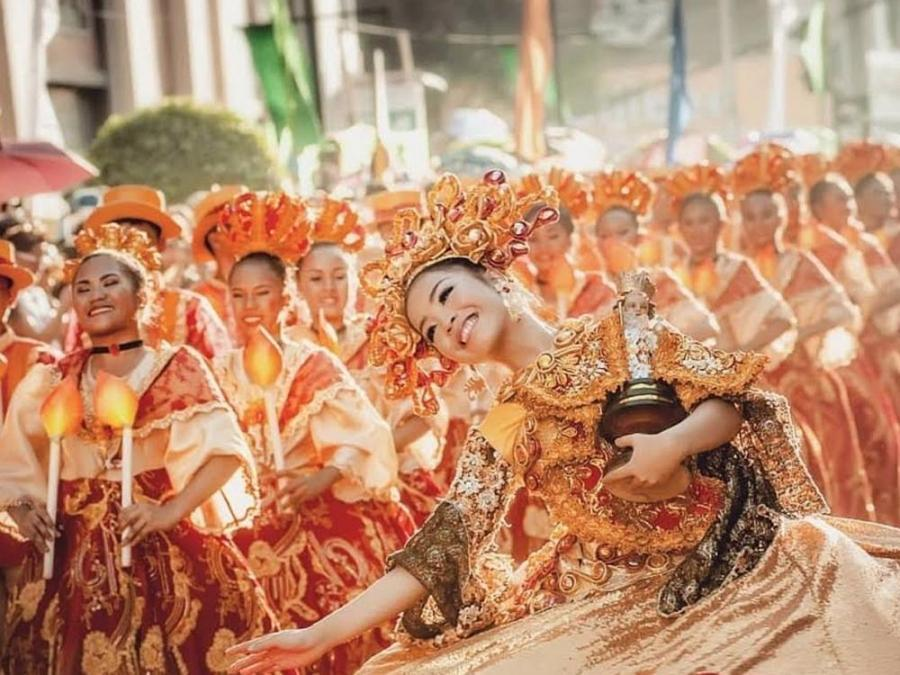
2. Sinulog Festival
Location: Cebu City
The nation as a whole gets together for a large event every year to honor Santo Nino. In addition, the city of Cebu celebrates Santo Nino by holding a massive festival known as the Ati-Atihan Sinulog Festival every year. The name of the step that is done by street dancing is derived from the phrase “like the water current,” which translates to “sinulog.” It creates something resembling a water wave by moving forward two steps and then backward one step. The dance ritual in the Philippines represents the transition from paganism to Christianity in the country’s history. A lot of dancing and drumbeats may be heard during the festival, as well as parties, concerts, processions, parades, food booths, and trade fairs. This festival encourages people from all walks of life to come together in homage and celebration of Cebu town’s patron saint.

3. Masskara Festival
Location: Bacolod City
The Masskara Festival in the Philippines is an event that should not be missed by anyone who enjoys a good time. Both the significance of the reason for the celebration and the celebration itself complement and enhance one another. 1980 was the year it all started as a distraction from the harsh realities of the situation. Despite the difficulties they were facing, the villagers put on happy faces and brought the “mask” metaphor to life. It is observed in a manner comparable to that of the present day. People attend a party dressed in masks that make them look happy and enjoy dancing in the street, eating, and drinking.
The masks are brightly colored and adorned with a variety of materials, including flowers, feathers, beads, and paints. The event also features a variety of unusual competitions, such as running after a pig and drinking coconut milk in a single sitting. throughout three million people are expected to attend the festival throughout the course of its twenty days of operation. In addition, a procession known as the Electric Masskara takes place, which features floats that are illuminated by light and outfitted with musical instruments.
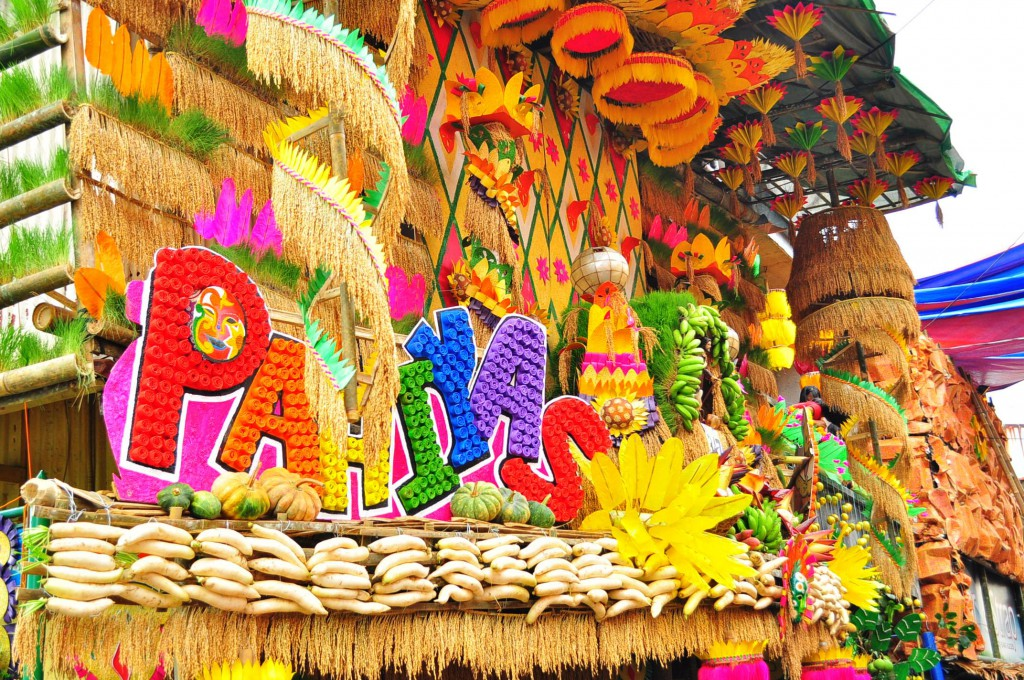
4. Pahiyas Festival
Location: Lucban, Quezon
The decorations and activities of the Pahiyas Festival showcase the creative spirit of the Filipino people. This festival honors San Isidro Labrador, who is revered by farmers as the patron saint of a bountiful harvest. There will be a parade with townspeople dressed up in costumes, enormous paper mache creations, and decorated floats. The embellishments are the most intriguing part of it. Fruits, vegetables, and colorful kiplings, which are traditional Filipino wafers shaped like leaves and manufactured from sticky rice, are used to decorate the houses and floats in the festival.
In addition to that, all of this fresh stuff is made available to guests. People are welcome to take anything they like from the gardens of private homes without being charged, and they can even indulge in regional specialties like Lucban Longganisa and kaldereta. In addition to that, the house with the greatest decorations wins an award.
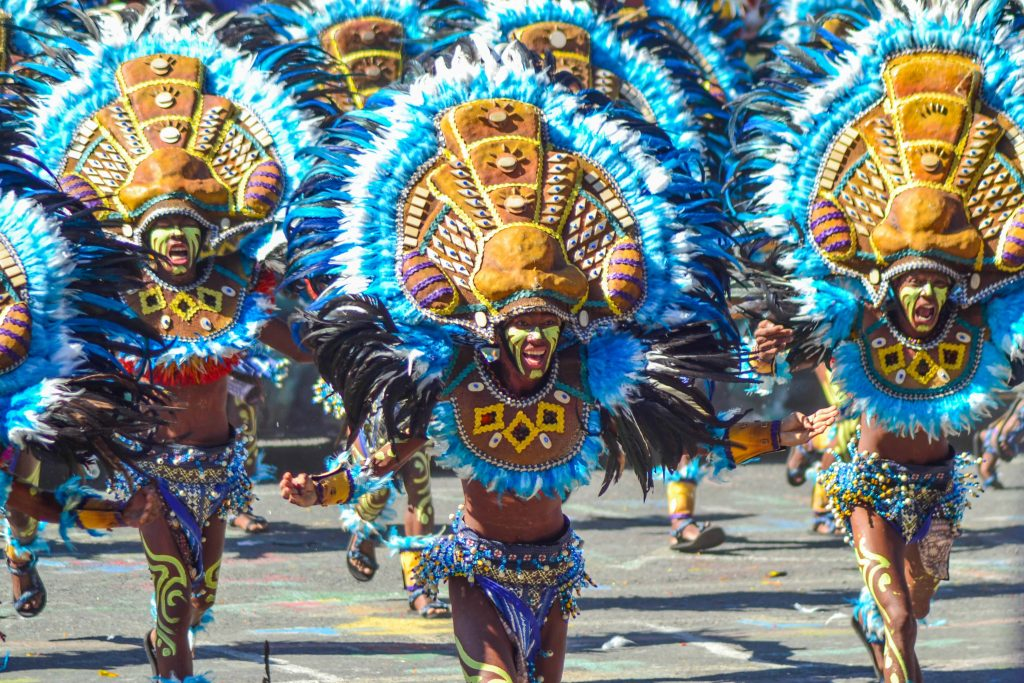
5. Dinagyang Festival
Location: Iloilo City
‘Dinagyang’ is a Hiligaynon word meaning ‘merrymaking’. After the advent of Malay immigrants, it is the site of a celebration honoring the Santo Nino and the contract that was formed between the Datus and the natives. This event is a wonderful chance to experience the way people live on the streets of the country. There is a street dancing competition that takes place on the fourth weekend of every month in January. Participating tribes, barangays, and schools all take part in the competition. You will also get the opportunity to participate in a trendy street party where you may sample regional specialties, alcoholic beverages, and other refreshments. The streets are blocked off, and there is a celebration that includes a parade of tableaus depicting traditional scenes and street dancers who are body painted and dressed in outlandish and colorful costumes. This celebration is one that is full of merriment.
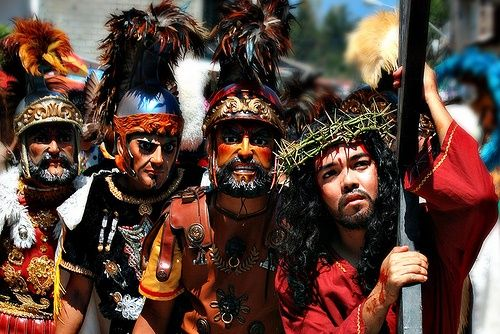
6. Moriones Festival
Location: Island of Marinduque
The Moriones Festival is undeniably one of the liveliest and most exciting celebrations to be found anywhere in the Philippines. It is connected to the life of Saint Longinus, who was the centurion who stabbed Jesus with a spear when he was being crucified. People do a very exact reenactment of the hunt for Longinus after he was crucified. They put on costumes representing Roman troops, sneak about the neighborhood, and prank-scare the children of the city. Observing this act is like looking into a mystery. In point of fact, the term ‘helmet of Roman troops’ is what the word ‘Morion’ refers to. This festival provides a dramatic peek into the customs of the nation and is the epitome of how mysticism and spectacle can work together to create something truly magical.
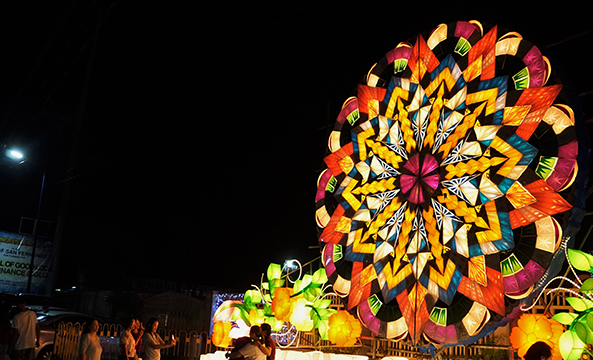
7. Giant Lantern Festival
Location: San Fernando City
The Giant Lanterns is a celebration of Christmas that does it properly. It lasts for a whole month and features gigantic lanterns that light up San Fernando City, known as the Christmas Capital of the Philippines. Especially on the weekend before Christmas Eve, when there is a competition for the city’s largest lantern, it exudes the spirit of the festive season perfectly, making it the ideal place to be. People start making these lanterns about a month before the festival, and the only requirement of the competition is that competitors use materials that are readily available in their area. The lanterns have a diameter of more than 15 feet and are displayed in colorful parades in each barrio in the province of Pampanga prior to the Christmas service that takes place at umidnight. Christmas is a joyous occasion that is greatly enjoyed in San Fernando City.
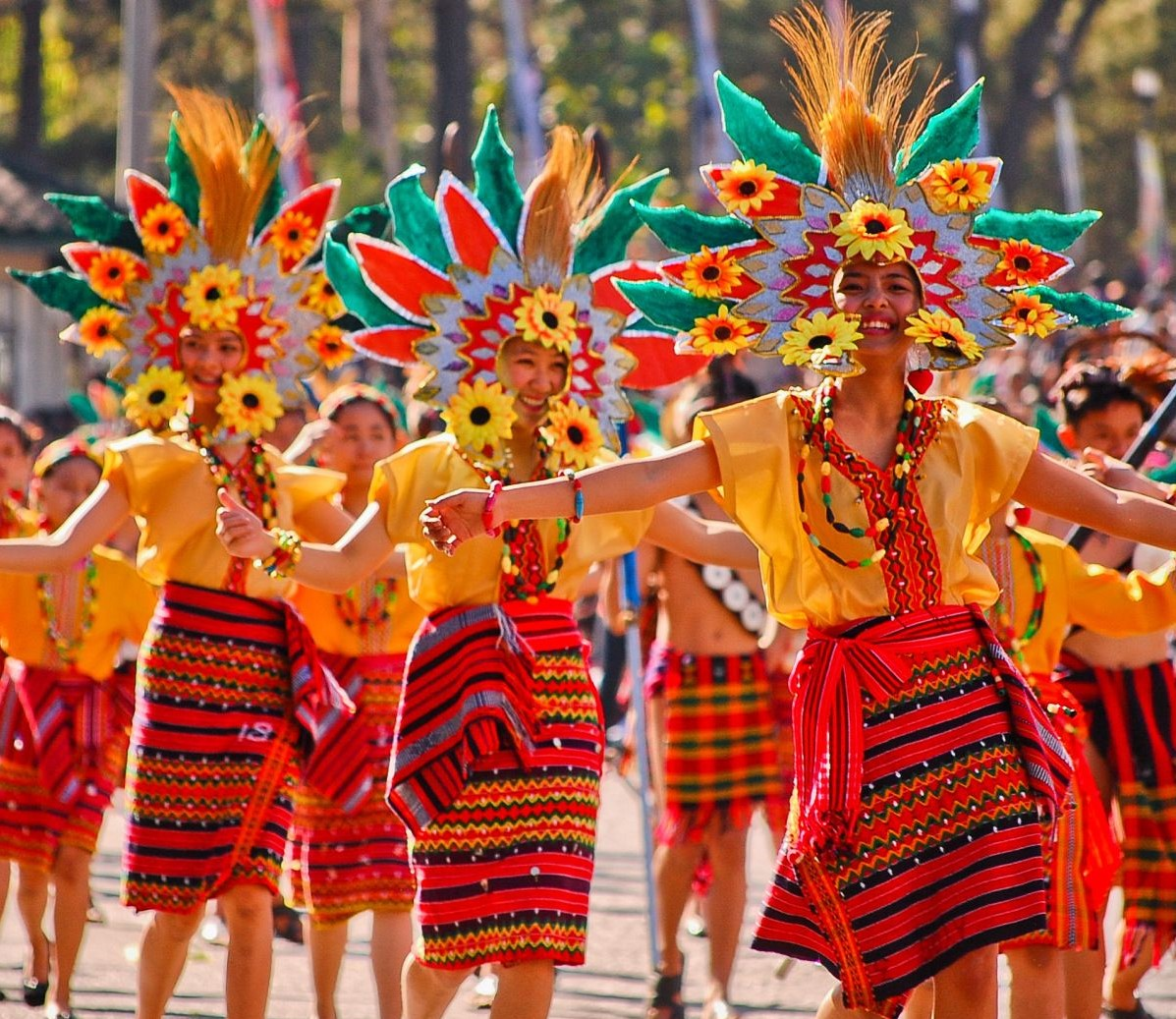
8. Panagbenga Festival
Location: Baguio City
The Panagbenga celebration is often regarded as the most upbeat and beautiful celebration in the nation. It is a celebration of Baguio City’s resurgence following the earthquakes that struck Luzon in 1990. ‘A Season of Blossoming’ is what the phrase ‘Panagbenga’ in the Kankanaey language signifies. The entire city is decked out in colorful flowers that are blossoming and blooming everywhere. The event lasts for an entire month and also features a Grand Float Parade. During the parade, enormous floats depicting a variety of characters are constructed out of flower festival and shown to the public.
In addition, there will be a competition for dancing and costumes, during which entrants will dance to music from the Cordilleras, alongside celebrities and local performers. The primary locations for the festival are located at Session Street and Burnham Park. Because of the baguio flower festival, Baguio city is frequently referred to as the Summer Capital of the Philippines.
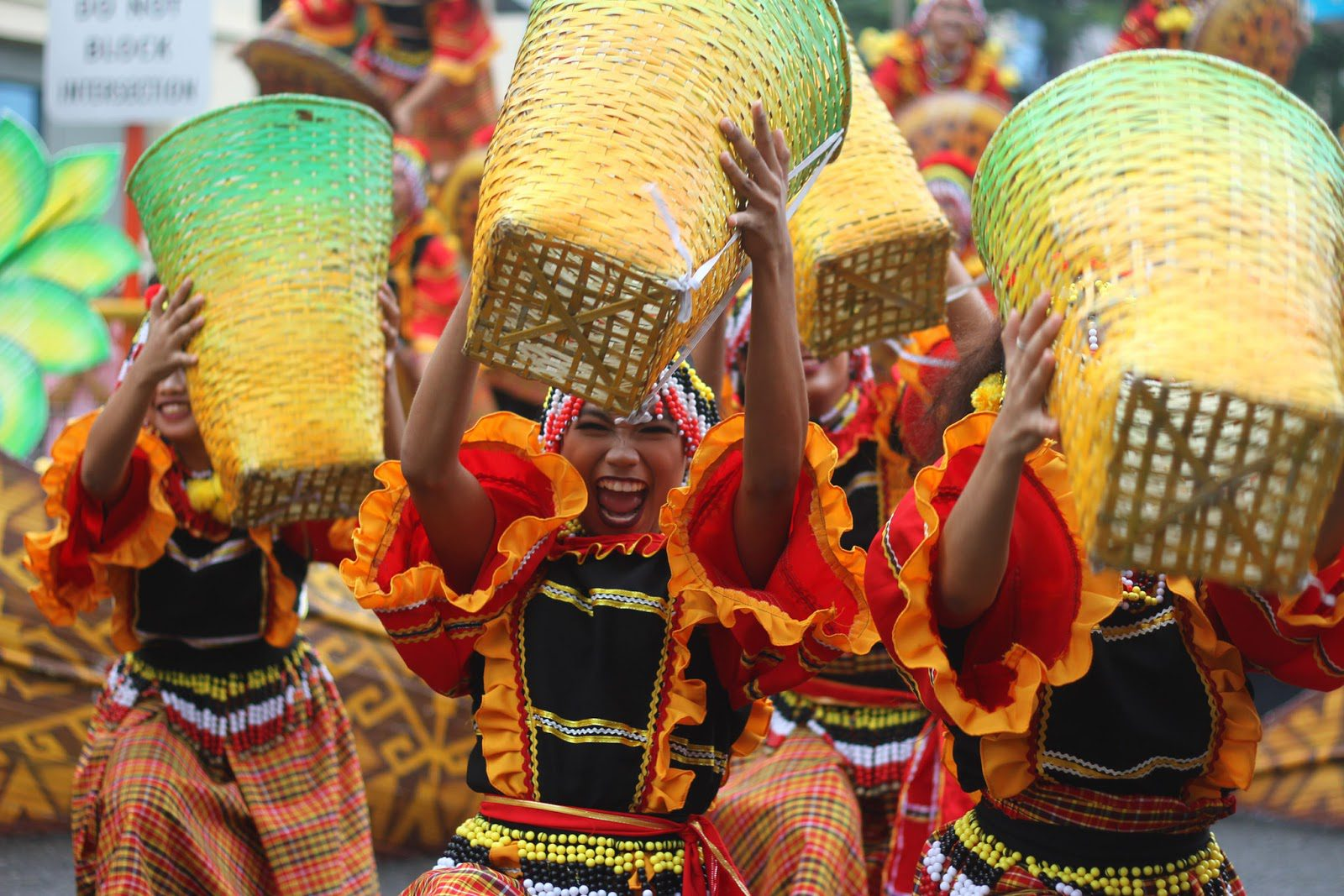
9. Kadayawan Festival
Location: Davao City
The term “madayaw,” from which the expression “kadayawan” is derived, means “good, valuable, and superior.” “Kadayawan” is a native expression in the Dabawon speech. This holiday is a celebration of thankfulness and is related to the rituals associated with Thanksgiving. The residents of the area pay homage to the individuals who came before them and show their thanks for the bountiful harvest. Fresh fruits, vegetables, and artisanal goods line the sidewalks and streets, creating a festive atmosphere. In addition, there will be a procession of colorful floats that are decorated with fruits and vegetables as well as flowers, as well as horse battles, beauty pageants, boat races, and a fireworks display.
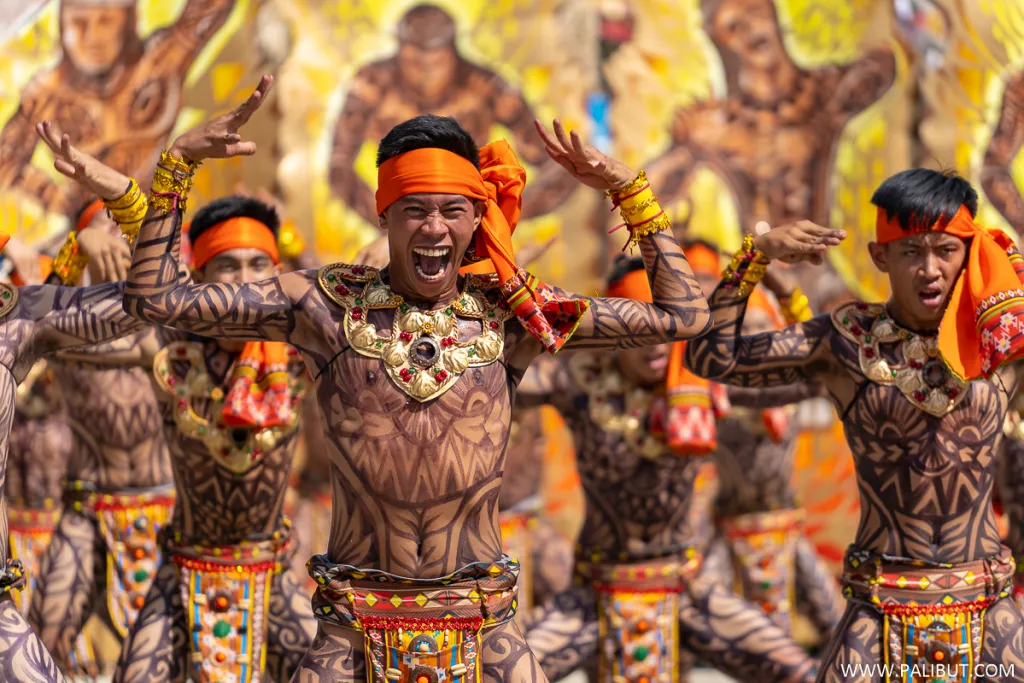
10. Pintados Festival
Location: Tacloban City
Since 1987, the festival with the most anticipation has been the Pintados Festival, likely due to the raw cultural richness that it showcases. The local people who inhabited this area before to the arrival of the Spanish are celebrated and their way of life is examined at this festival. You’ll notice that many of the inhabitants around the area have tattoos and body art, similar to the Pintados, a tribe who once lived in Leyte and Samar and was known by that name. It is a celebration of the brave warriors of the past and is marked by song, dance, and the vivid colors of green and blue.
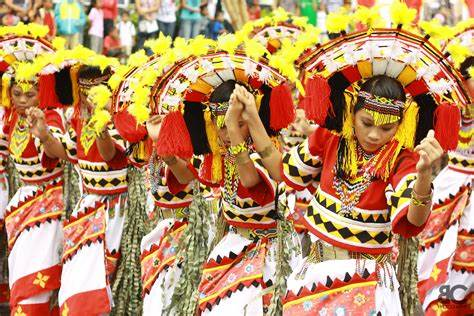
11. Kaaumulan Festival
Location: Malaybalay City, Bukidnon
The Kaamulan Festival is an amalgamation of several other ceremonies, including a thanksgiving ritual, a peace treaty between tribes, a ritual to mark the beginning of a datukship, and a wedding ceremony. This festival is an authentic and ethnic event that reflects the vitality of the traditions of the various tribes that are celebrated here. It is hosted by seven ethnic Filipino culture tribes- Bukidnon, Talaandig, Tigwahanon, Manobo, Umayamnon, Matigsalog, and Higaonon. It was derived from the term “amul,” which meant “to gather” in its original context. The many tribes get together to perform their traditional dances and put on displays of their traditional clothing.
Spectators will be treated to a spectacular celebration. Pag Ampo, which is a form of general worship, the Tagulambong hu Datu, which is a ritual for the installation of a Chieftain, the Panumanod, which is a spiriting ceremony, the Panli Sig, which is a rite to drive out evil spirits, and the Pamalas, which is a ritual for sin atonement are some of the other customs and rituals that they practice.
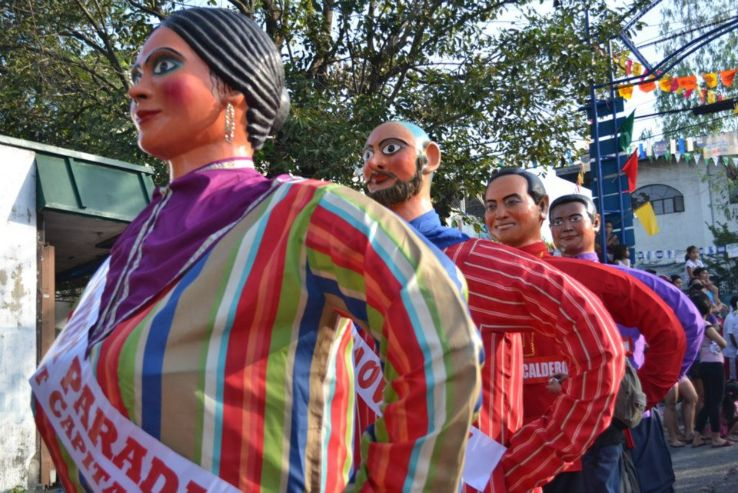
12. Higantes Festival
Location: Angono, Philippines
The Angono legend that serves as the inspiration for the Higantes Festival recalls the tale of “hingates,” which are large paper mache sculptures that the people erected as a form of resistance against the Spanish inquisition. As of right now, though, these paper mache creations are being utilized at the Higantes Festival. San Clemente, who is considered to be the patron saint of the town, is honored during this celebration. As part of the celebration for the feast, the villagers invite guests inside their houses and provide food to them. For each barangay, a paper mache structure measuring up to 12 feet in length is constructed.
During this time, there are many festivals various traditions, one of which is called basaan. During this ceremony, individuals are blessed with good fortune by having holy water sprinkled on them while they watch the higantes march. Because of events like this festival, Agono is frequently referred to be the Art Capital of the Philippines.
Written By Hlyn Fernandez

